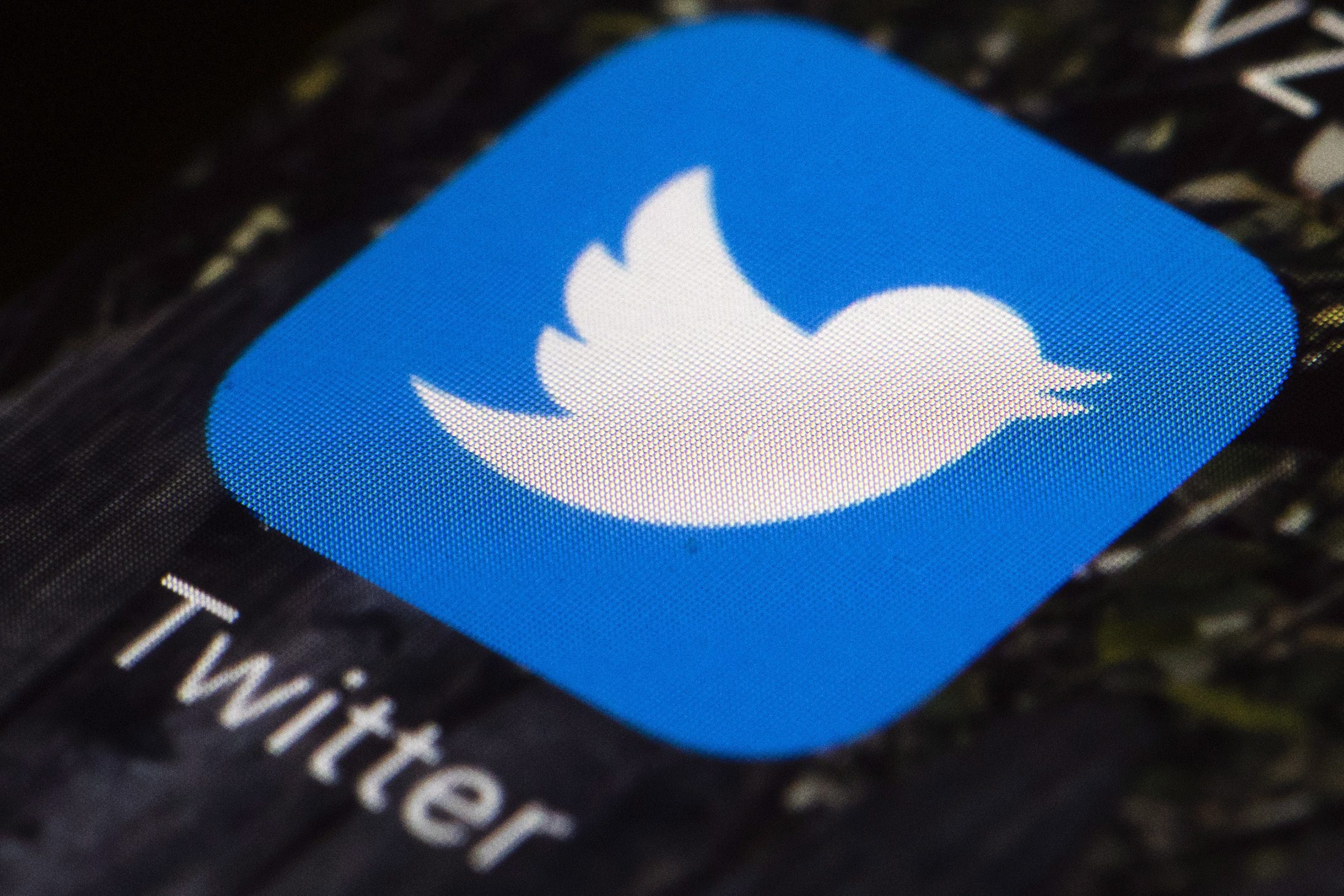Written by Shaily Allison
Since Twitter was acquired by Elon Musk on October 27, 2022, there have been a lot of questions about the integrity of the social media platform, and whether individuals and organizations should continue to use it, start to slowly pivot away, or just abandon it altogether. As with many things in the fast-changing digital landscape, the short answer is: it depends.
Twitter has been a popular platform for journalists and politicos for more than a decade. More than a social media platform – it’s been used as a supplementary (sometimes dedicated) communications tool by governments, top officials, notable politicians, and multinational organizations.
In recent weeks, there has been a great deal of change on the platform, not only within the company itself, but as a user or advertiser the change is being felt – and questioned.
Despite recent Twitter turbulence, many of these official voices have not left the platform, or even appear to have altered how they’re using it. Of course this could change overnight, but it’s more likely that we’ll see a slower shift over the coming weeks and months as communications professionals evaluate options.
The importance of knowing your audience
Consider how you currently use Twitter. What topics are you posting about, or listening to? Do you post and engage regularly? Or are you more of an active scroller? Who are you following and who follows you?
It’s hard to predict what will come next, but abandoning Twitter right now may be a risky move if your community of influencers and primary sources of information are still using the platform. Take some time to explore and try out other channels before jumping ship.
If you’re managing communications for an official account on behalf of an organization or association, consider driving your audience to sign up for an email list, visit your website, or follow you on another channel, like LinkedIn, Facebook, or Instagram. Consider how you are planning content and engaging people across your social media network, and if it might be beneficial to advertise on other platforms to grow your target audience elsewhere.
In recent weeks, there’s been a flurry of articles listing dozens of different platforms as “the best Twitter alternatives” and while most provide general overviews and list primary features, few discuss the key user demographics or who is actually using the platform – which is really what matters most. New platforms offer both opportunity and risk – it might be wise to evaluate the environment before jumping in. However, it likely wouldn’t hurt to secure your profile name or handle on a new channel (just in case).
It’s unlikely that a single platform will attract the variety of audiences that Twitter has built up over the last decade. Twitter continues to be used for communications by leaders and institutions, many of which we rely on for information every single day. For those interested in politics, reaching decision-makers and influencers, Twitter continues to be a space of active communications that many don’t want to miss.
Those there for the visual content might look to Hive and Instagram, while those there for engaging text-based conversations might want to consider Discord, Reddit and Slack. Professionals and those on Twitter for industry related content will likely spend more time on LinkedIn. If you were a fan of Twitter Spaces, check out Clubhouse. If you were primarily there for the news headlines, it might be time to go back to daily digest emails from your favourite news media source.
The most talked about “alternative”
One Twitter “alternative” that we’ve noticed a lot of chatter and movement around is Mastadon. A decentralized social media network launched in 2016. Mastodon has a similar interface to Twitter, or TweetDeck, but it’s not exactly a “replacement” channel.
Mastodon offers a different algorithm – one that’s based only on who you follow, and the chronological order of posts, while Twitter optimizes content based on many more factors, unique to each user.
Mastodon is (currently) not-for-profit, supported by crowdfunding and community. There is no distinction available for organizations/businesses vs. individual accounts. There’s also no advertising, and no ”verification” in the same way we’re familiar with it on Twitter and Instagram – which may be a risk for some.
The biggest difference though, is that users don’t sign-up to a main website. Should you wish to create an account with Mastodon, you must select a specific server (or “instance”) to join. While you can interact with users on different servers, there are some limitations, and the user experience isn’t as seamless as many of us are familiar with on other platforms.
So, should you keep Twitter as part of your digital ecosystem? It depends. When it comes time to consider a big jump to a new channel, ask yourself – where’s your main audience? What keeps them engaged on your current platforms and does that align with current options? What makes sense for voice and brand? It might be time to explore other channels – or maybe an exit strategy, just in case.
